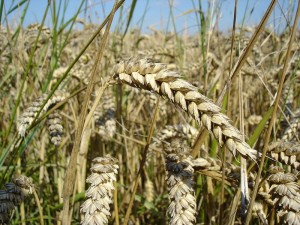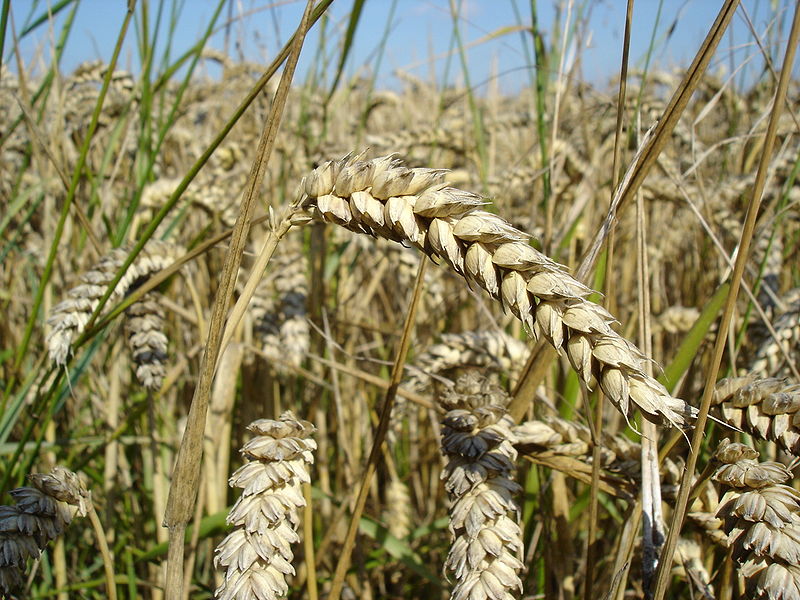by Kasra Hassani
Health, Medicine & Veterinary Sciences editor
*Updated (30 Oct, 2.30PM PST) to add link to PHAC’s Annual Report.
Climate change is not a matter of the future: it is happening now, impacting the environment and all of us who rely on it. However, fighting climate change is not just about reducing greenhouse gas emissions. Even if all CO2-emitting engines, factories, and power plants worldwide were to stop working today, climate change effects would persist for an extended time period. That’s why the IPCC’s 5th assessment report (AR5) on climate change, to be released on November 2nd, is strongly focused on adaptation and mitigation.
In North America, coastal regions, forests, and food crops are predicted to be most vulnerable to climate change – and that vulnerability is as diverse as direct climate impacts themselves. Coastal regions are vulnerable to sea-level rise, flooding, and erosion. Marine systems are vulnerable to ocean acidification due continued emissions. Forests are particularly vulnerable to temperature increases, droughts, and associated wildfire activity. Food production is vulnerable to temperature increases and extreme events such as droughts and heat waves…the list goes on.

Wheat (photo by Bluemoose, CC BY-SA 3.0)
Climate change vulnerability is closely linked to human health. While good human health is usually perceived as a lack of disease and the ability to enjoy a healthy lifestyle, we tend to forget the socio-economic factors – or Social Determinants of Health (SDoH) – that can lead to disease and unhealthy lifestyles. For example, climate change impacts on food production will have follow-on effects on food security, which is a major SDoH. Beyond the SDoH, rising temperatures are projected to increase the spread of and vulnerability to vector-borne diseases such as malaria and Dengue fever, as well as food and water-borne diseases such as cholera.
All this isn’t meant to make us despair about the future of our planet. By using climate vulnerability and SDoH indicators to accurately identify the highest risk areas, we can adapt to climate change and work to mitigate its effects on human health. The AR5, with its emphasis on adaptation and mitigation strategies, can be an excellent resource for policy makers. However, the key word is ‘can’. While strategies outlined in the AR5 are poised to be incorporated into climate change policy, they need to gain momentum and be adopted on a broad scale. The longer we delay, the more expensive future climate adaptation will become. An outline of Canada’s not so comprehensive adaptation plan is available here; the Public Health Agency of Canada (PHAC) has also released an annual report that comments on the linkages between climate change and human health.
But much more must be done, and the clock is ticking…




